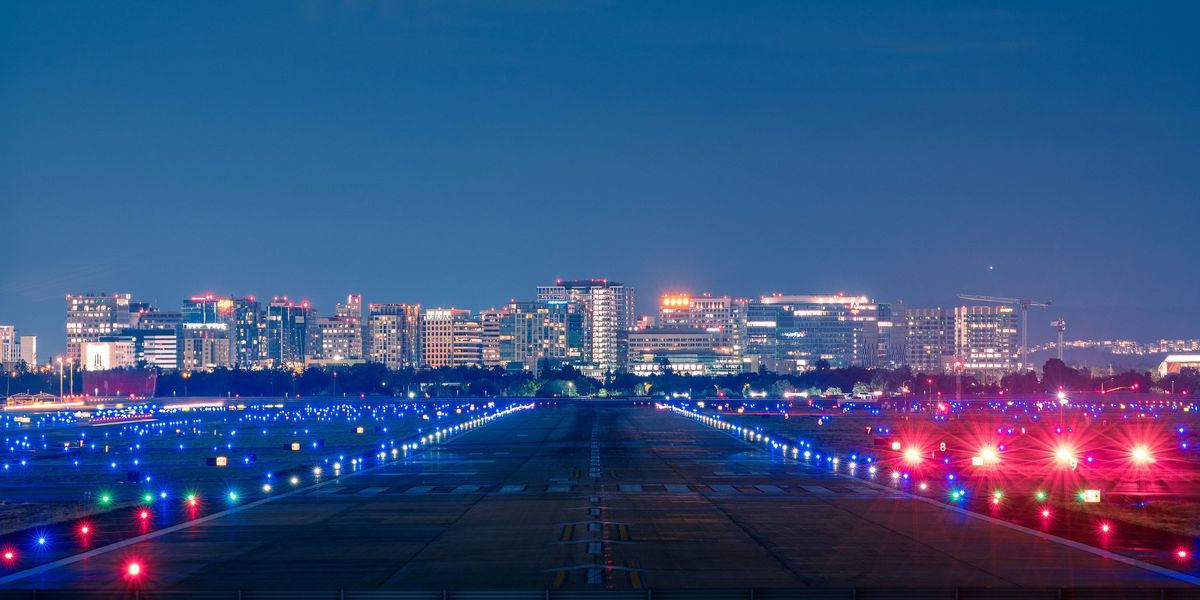
The California Air Resources Board finds more than 90% of Californians breathe unhealthy levels of pollution at some point each year, and lead is among the most common air toxics.
California phased out lead in gasoline for cars and paint decades ago, so what is producing newlead air pollution? One of the main contributors is leaded aviation fuel still used in small, piston engine aircraft.
A 2021 study found children who lived less than a mile away from an airport had 21% higher lead levels in their blood compared to children who lived farther away. The study also states young children who are exposed to lead can suffer from long-term negative health, behavioral and cognitive consequences.
Select airports and counties in California are attempting to move toward unleaded alternatives, ahead of the Federal Aviation Administration (FAA) recommended goal for lead-free aviation by 2030.
In 2022, Santa Clara County banned the sale of leaded aviation fuel at their airports. Yet, there is a crucial loophole. Banning the sale in one county’s airports does not stop people from purchasing leaded fuel elsewhere.
Long Beach City Council approved a $200,000 subsidy for their airport. Long Beach Airport has offered unleaded aviation fuel since 2023, when the U.S. Environmental Protection Agency (EPA) listed them as the second-highest lead polluting airport in the nation. The subsidy was necessary because the higher price tag of unleaded fuel dissuaded many from choosing to use it. This step by the city is commendable but, not only is use optional, the subsidy will expire in 2025.
Similarly, the Los Angeles County Board of Supervisors directed LA County Public Works to provide unleaded aviation fuel at all five LA County-operated airports by June 1, 2024. It was included in the announcement that unleaded alternatives will be available at Whiteman Airport
in Pacoima, which is one of the three airports in my Senate district. I applaud the Board of Supervisors for taking action, though leaded fuel will still be available and leaves the decision up to the consumer on whether or not to purchase it.
Ubiquitous lead air pollution cannot be remedied by simply offering alternatives or discontinuing the sale at certain locations. The daily impacts of leaded aviation fuel on our communities requires statewide action.
This year, I am authoring Senate Bill 1193 to phase-out the sale of harmful leaded aviation fuel in California. No one should be okay with the harm it inflicts on our children, especially when there are impending viable unleaded alternatives. One intent of the tiered approach is to speed up market production and availability of unleaded alternatives at all airports. It also sets a legal deadline in 2030 for complete discontinuation of leaded aviation fuel sales throughout California. We cannot stand by and wait for the federal government to take action when many ofthe highest lead polluting airports in the nation are in our state.
The bill will ban the sale in or adjacent to disadvantaged communities by January 1, 2026; urban growth boundaries by January 1, 2028, and everywhere else in California by January 1, 2030.
The FAA has already approved a lower octane unleaded fuel (UL 94), currently available at approximately 35 airports in the U.S., as well as a 100 Octane unleaded fuel (G100UL), which is not yet commercially available.
This bill delivers on a key campaign promise to my San Fernando Valley constituents and Californians – to fight for cleaner air and hold polluters accountable for the harm they inflict on the people of our beautiful state.
Senate Transportation Committee will hear SB 1193 on April 9, 2024, at 1:30 PM. Location: 1021 O Street, Room 1200, Sacramento

